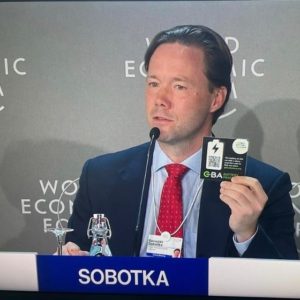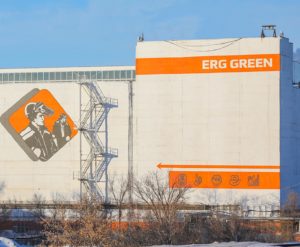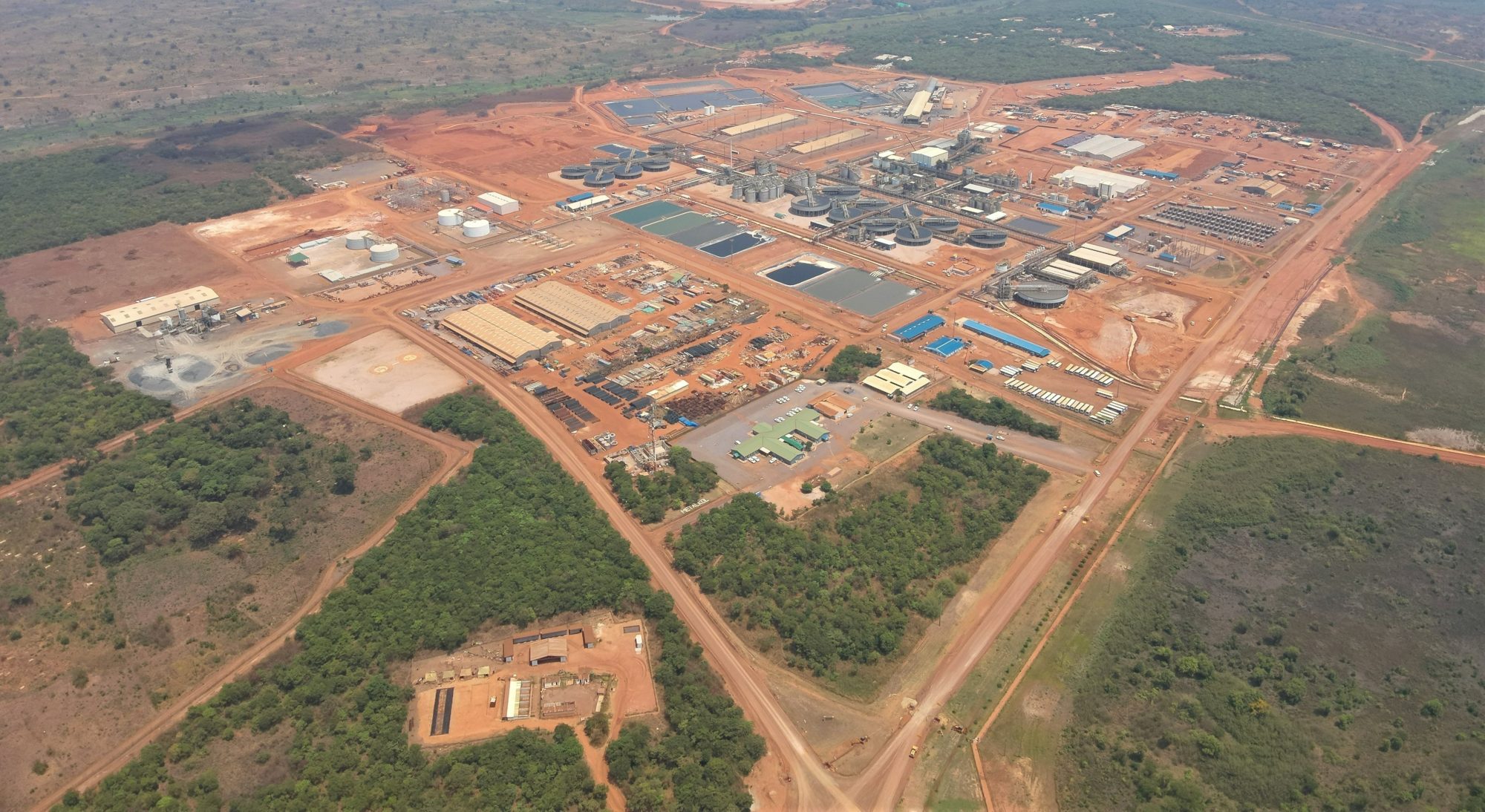With the world moving gradually towards a circular economy, responsible waste management is becoming increasingly important in the mining industry. According to a study published by a cohort of Finnish researchers, tailings are the biggest waste stream resulting from mining, in metal value and volume. Benedikt Sobotka, CEO of Eurasian Resources Group (ERG) and Co-Chair of the Global Battery Alliance, recently looked at the management of historic and current tailings in the mining industry for IM both in the wider industry and at ERG itself.
ERG CEO Benedikt Sobotka speaking at the World Economic Forum Annual Meeting in Davos

He comments: “It goes without saying that tailings, both historical and contemporary, can significantly impact the environment. They must therefore be thought of as a valuable resource to be reused or recycled, not wasted. Responsibly managing tailings is a key way in which mining companies can reduce their environmental impact and contribute to a more sustainable future. This can be achieved through a number of means, from reducing tailings generation, to enhancing storage and management practices, and finding ways to recover valuable minerals and metals from tailings.”
He adds: “Fortunately, the United Nations Environment Programme, Principles for Responsible Investment, and International Council on Mining and Metals recognise the need for establishing responsible standards. In 2020, these organisations collectively launched the Global Industry Standard on Tailings Management, which sets a precedent for the safe management of tailings.”
Sobotka explained that the standard requires tailings facilities to match key obligations across six different areas, including the need for regular monitoring and reporting, the development of emergency response plans, and independent oversight and review processes. Fundamentally, the standard delivers a framework for safe tailings facility management while allowing operators flexibility in achieving their goals.
However, it is not just a case of meeting standards. “At Eurasian Resources Group (ERG), we believe miners should focus on going above and beyond. Since 2021, ERG’s Environmental, Social and Governance (ESG) team has been working on a long-term strategy for strengthening the Group-wide approach to tailings management. This is particularly important at our Metalkol production facility in the DRC, which has been reducing the environmental impact of historic cobalt-copper tailings through safe, efficient reprocessing and storage methods since 2018.” As the world’s second-largest standalone producer of cobalt and a major producer of copper, Metalkol reprocesses tailings left by other mining operators in the Musonoi River valley and dry-stacked at the Kingamyambo Tailings Dam.
These two sites are home to around 84.5 Mt of historical tailings across an 11km stretch of the river and 32.4 Mt of dust-emitting tailings, meaning Metalkol’s efforts have been crucial in minimising the environmental impact of these legacy deposits. Metalkol’s capacity to extract around 100,000 t of copper and more than 24,000 t of cobalt annually is enough to power over 3.5 million electric vehicles.
So, what technology does the operation use? Sobotka: “Metalkol employs hydro-metallurgical processing to recover cobalt and copper from the tailings. The process includes tank leaching, followed by solvent extraction and electrowinning to produce cobalt hydroxide and copper cathode. But it’s not just about production. Following reprocessing, the spent tailings residue is safely stored in a new, purpose-built Tailings Storage Facility, which is regularly inspected, monitored, including for dust levels, and reported to an independent laboratory. This facility is making a significant contribution to reducing the impact of historical tailings deposits on local water and air quality, as well as land degradation.”
Beyond the management of historical tailings, it is essential that the mining industry also responsibly manages current tailings. “In Kazakhstan, ERG is building a new processing facility at its Kazchrome Donskoy GOK plant for this purpose. Using new chrome processing technologies, the facility will feature gravity, flotation, thickening, and filtering sections. The combined gravitation flotation technology, developed by ERG’s Research & Development team, is expected to significantly improve the enrichment of chrome oxide-bearing tailings, achieving a recovery rate of up to 55%. The facility has a planned annual processing capacity of 1.7 Mt of tailings, with a targeted annual production of more than 500,000 t/y of chromium oxide concentrate.”
Construction of a reprocessing facility at Donskoy GOK, ERG’s chromium mine in Kazakhstan

Elsewhere the Group’s commitment to sustainable mining practices is also reflected in its decision to adopt a dry-stack tailings storage facility system at the BAMIN Pedra de Ferro mine in Brazil. “This approach is widely acknowledged as a more environmentally responsible solution to ‘wet’ tailings management systems. By utilising dry-stack technology, the risks of liquefaction and catastrophic failure are significantly reduced, as is the potential for groundwater contamination.”
He concludes: “At ERG, we understand that the mining industry still has a long way to go to reduce its environmental impact, but we can all play a part in promoting responsible practices. Tailings management and reclamation are essential components of responsible mining and promoting circularity. As processing technologies improve, a renewed focus on tailings reclamation can help mining companies meet surging demand for critical minerals – particularly while new mines are being advanced and recycling technologies for end-products like batteries is still being developed.”











